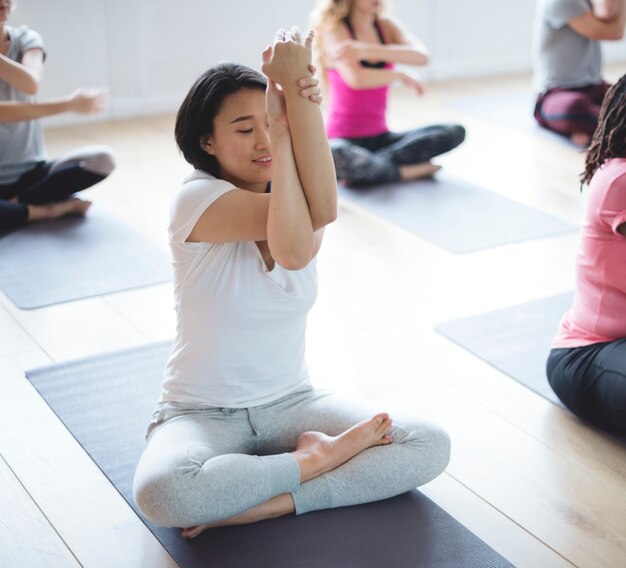

When I teach a meditation refresher course, I usually start by asking participants to meditate for a few minutes, focusing on their breathing as they normally do. After a few minutes, I ask them to draw in the air with one hand, tracing the outline of what they identify as “the breathing.” You might want to try this yourself.
I’m curious about the shape you drew and where it was on your body. Most people trace a very small area, often indicating a column of air moving up and down their airways or a small oval, about the size of an open hand, in the center of their chest.
Many people seem to think that observing “the breathing” means focusing on “the breath.” However, the breath is the air (or the sensation of air) moving in and out of the body, while the breathing encompasses any sensations associated with this process. This can include sensations from the entire body, as even the hands and feet can indirectly experience breathing sensations. At the very least, it involves the whole trunk: the front, sides, back of the chest and abdomen, the skin covering these areas, the shoulders, spine, and airways.
Paying attention to breathing in this broader sense makes the practice much more engaging. Focusing solely on a small area does not provide enough stimulation for the mind, which can lead to distractions. By tuning into a variety of sensations, the mind stays occupied, less likely to wander, and more engaged.
This deeper absorption involves noticing how different breathing sensations across the body are connected and move together. Breathing is a single process driven by diaphragm movements. Whether it’s the air flowing through the nostrils, the rise and fall of the shoulders, sensations of clothing moving against the skin, spinal movements, or the movements of the rib cage and abdominal muscles, they’re all part of one wave of motion.
Engaging with the breathing as a dynamic, full-body experience is much more captivating than focusing on just one small area. This approach promotes a deep level of absorption, making you feel content, calm, and fully in tune with your sensory experiences.